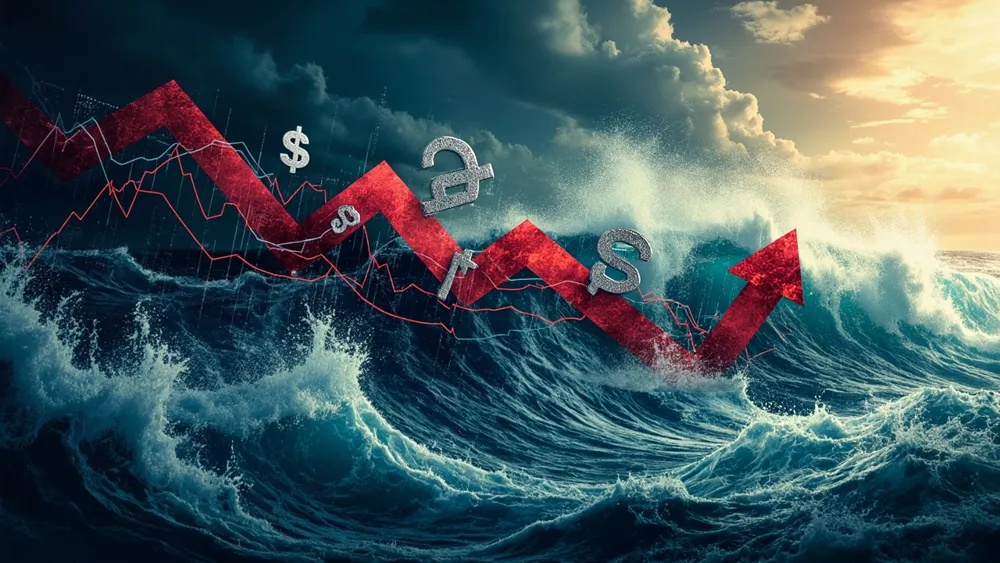World Bank Cuts Global Growth Outlook Amid Trade Turbulence

The World Bank's recent announcement to sharply cut global growth projections presents a sober reality for economies navigating the murky waters of geopolitical tensions and trade disruptions. With the forecast now predicting a mere 2.3% growth in 2025, down from a previous 2.7%, the implications are far-reaching for investors and policymakers alike. The Bank underscored that this represents the slowest growth rate since the tumultuous days following the 2008 financial crisis, excluding outright recessions. As stakeholders, we must probe deeper into the underlying causes of this forecast and strategize accordingly.
The primary catalyst for this diminished outlook is the persistent uncertainty surrounding international trade, a factor that echoes the disruptions witnessed during previous economic crises. The World Bank's Chief Economist, Indermit Gill, noted that ongoing international discord has disrupted the policy certainties that have historically fostered global prosperity. Notably, the reduced growth expectations for major economies — 1.4% for the U.S. and a meager 0.7% for the euro area — serve as a clarion call for investors to reassess portfolios heavily weighted in sectors sensitive to trade dynamics. Not only do these projections raise alarms about corporate revenue growth and attendant EBITDA margins, but they also expose sectors such as technology and manufacturing to increased volatility and risk.
Economically, the landscape painted by the World Bank dovetails with trends over the past three decades, where globalization had driven economic expansion. However, the unraveling of this fabric, driven by escalating tariffs and trade disputes, poses significant risks and uncertainties. A historical analogy could be drawn to both the dot-com bubble burst and the 2008 crisis, driven by confidence eroding events leading to a drastic reassessment of value across sectors. In the current climate, if major economies can resolve their trade disputes and significantly reduce tariffs, as suggested by the World Bank, we could witness a renaissance in growth potential. But will political will coincide with economic necessity?
The overarching challenge remains: how should different stakeholders respond to these evolving economic landscapes? For investors, the focus should now pivot towards resilience and adaptability in their strategies. They must remain cognizant of potential opportunities arising from 'quantitative tightening' in many developed economies and examine sectors that could flourish amid this unpredictability, such as renewable energy and digital infrastructure. Policymakers, on their part, must navigate the dual mandate of sustaining growth while managing inflationary pressures that may arise in response to fiscal stimuli. Ultimately, we are at a juncture where complacency could pave the way for adverse economic consequences; stakeholders must engage proactively with these evolving dynamics and pressure-tested strategies to mitigate inherent risks.
Read These Next

China Unveils Shenzhen Reform Guidelines to Boost Opening-Up
China unveils reforms to boost Shenzhen as a global innovation hub, integrating education and tech with market demands.

Nikkei 225 Rises 0.6% to 38431.10; Korea's KOSPI Up 0.5%
On June 10, 2025, the Nikkei 225 rose 0.5% to 38278.17, supported by strong electronic stocks and positive trends in KOSPI.

RFK Jr.'s CDC vaccine panel firing undermines science, may threaten public health, experts warn
Robert F. Kennedy Jr.'s dismissal of the CDC vaccine panel raises alarms over public health integrity and trust in vaccination processes, impacting both healthcare discussions and vaccine manufacturers. Experts express concerns over potential negative ramifications on immunization rates and increased disease outbreaks.
